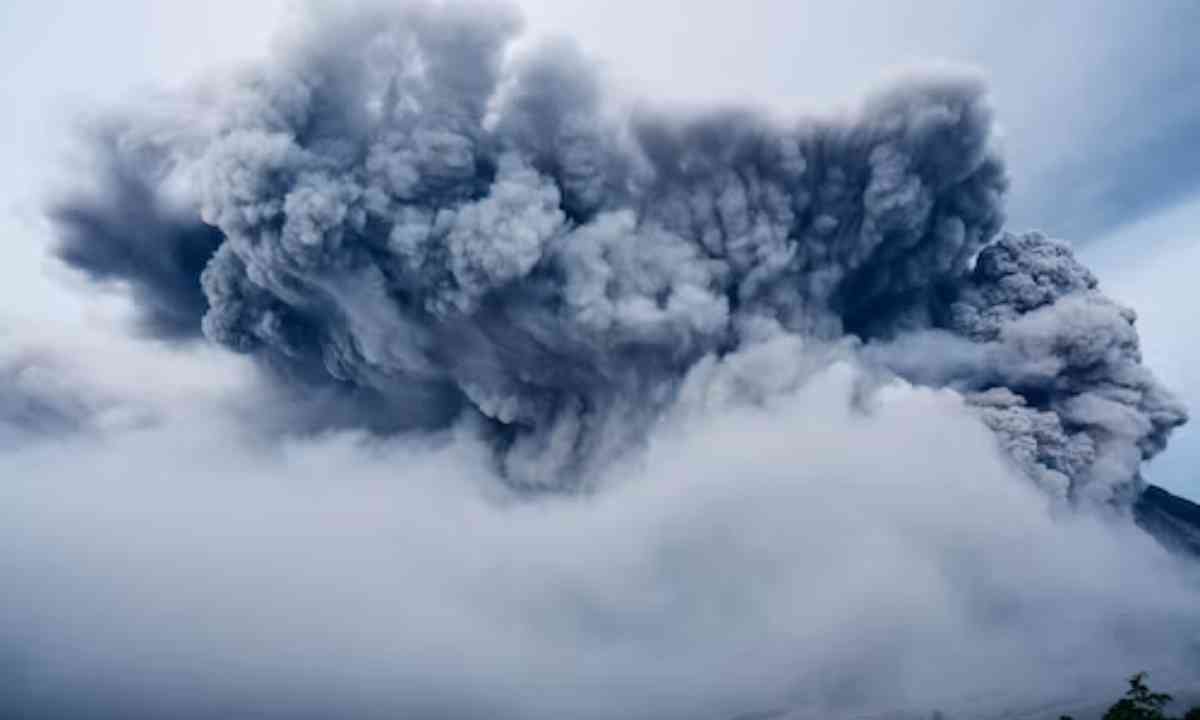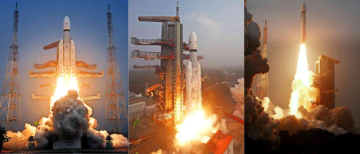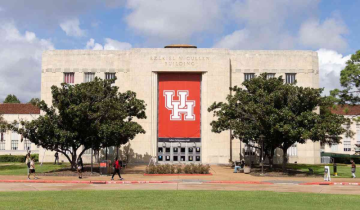Chemical weapons that include sulphur mustard, a blister agent, are referred to as mustard bombs, sulphur mustard bombs, or mustard gas bombs. A volatile liquid, mustard gas is usually colourless but can occasionally appear brown or yellow in high amounts. Its distinctive smell, which is similar to that of garlic or mustard plants, gave rise to its name.
The Chemical Weapons Convention of 1993 outlawed mustard gas, which was first employed as a chemical weapon during World War I. It is a persistent agent, which means it may linger in the environment for a long time and endanger both people and the ecosystem.A mustard bomb distributes sulphur mustard into the area as it explodes or disperses. On exposed skin, eyes, and respiratory tissues, the gas can result in serious burns. It is also a systemic toxin, which means that it may harm internal organs by entering the circulation. Particularly well-known mustard gas side effects include severe blisters, respiratory difficulty, and long-term health impacts.

Chemical weapons are seen as a breach of international law and human rights because of their destructive and indiscriminate character. International treaties forbid the use, development, and stockpiling of mustard gas and other chemical weapons.
© Copyright 2023. All Rights Reserved Powered by Vygr Media.

























